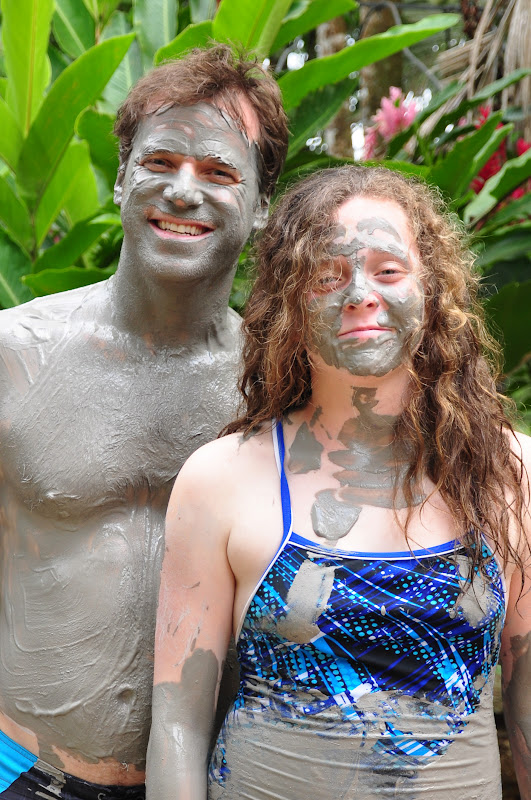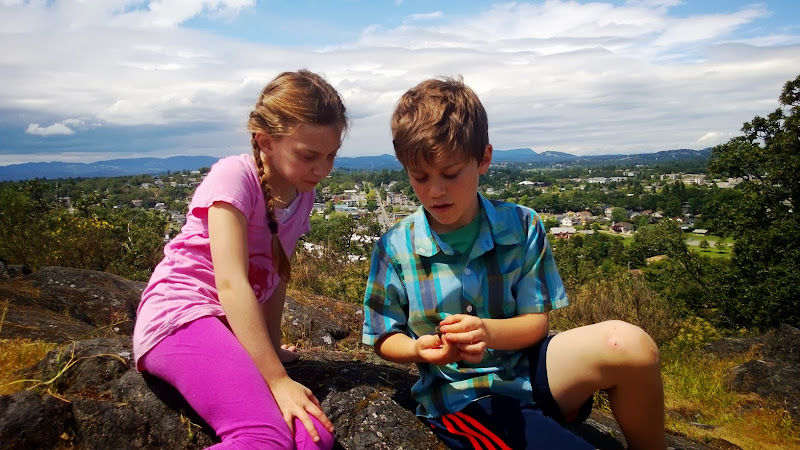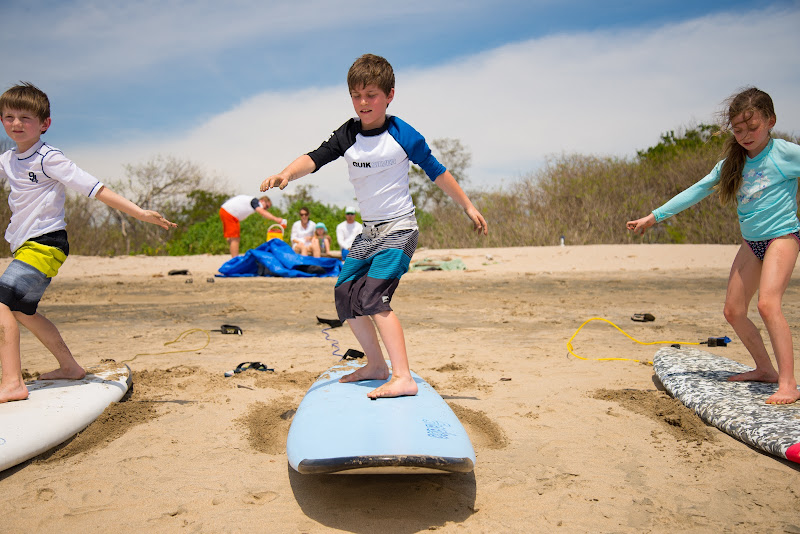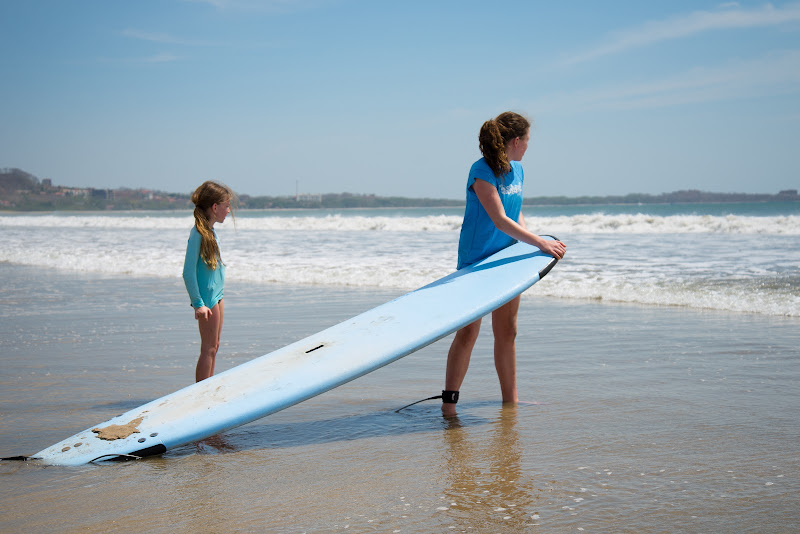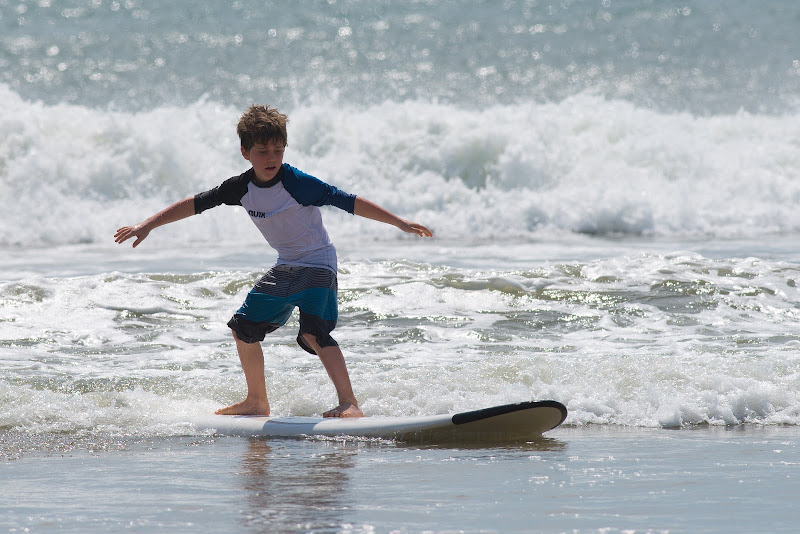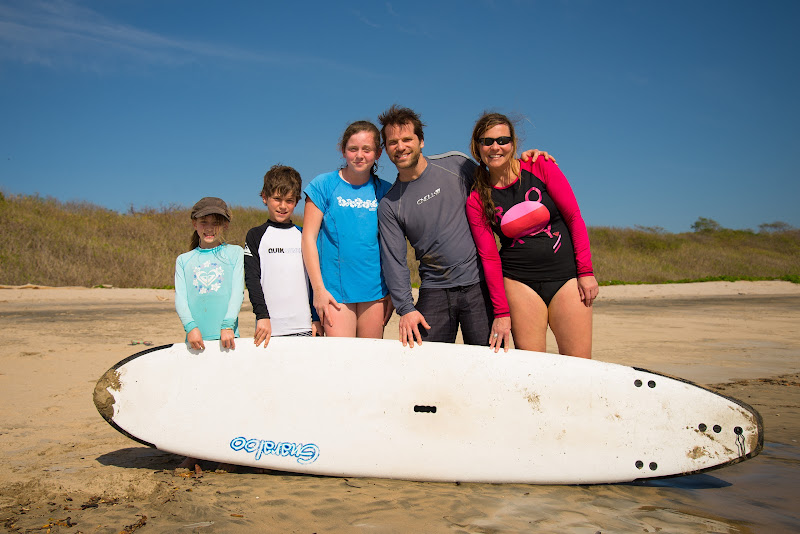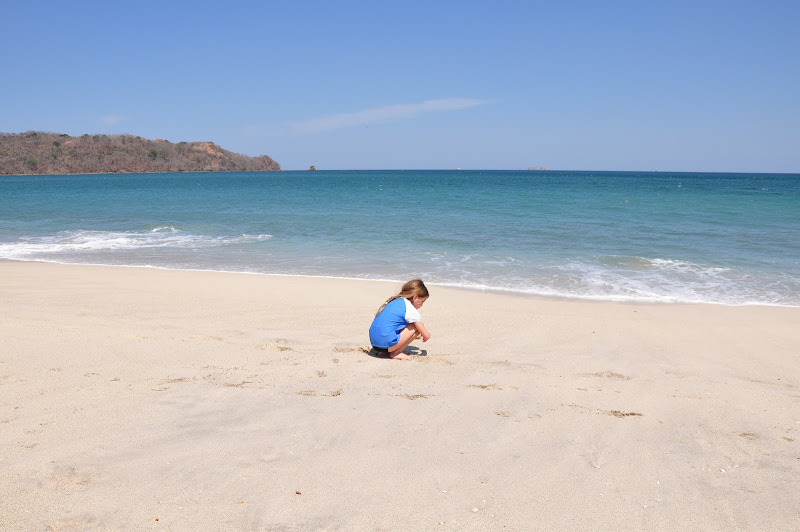The Panama Canal is a 77.1-kilometre (48 mi) ship canal in Panama that connects the Atlantic Ocean (via the Caribbean Sea) to the Pacific Ocean. The canal cuts across the Isthmus of Panama and is a key conduit for international maritime trade. There are locks at each end to lift ships up to Gatun Lake, 26 metres (85 ft) above sea level. Gatun Lake was created to reduce the amount of work required for the canal. The current locks are 33.5 metres (110 ft) wide. A third, wider lane of locks is currently under construction and the new locks could begin operations between fiscal years 2014 and 2015, roughly 100 years after the canal first opened.
The Panama Canal locks is a lock system that lifts a ship up 85 feet (26 metres) to the main elevation of the Panama Canal and down again. It has a total of six steps (three up, three down) for a ship's passage. The total length of the lock structures, including the approach walls, is over 3 km (nearly 2 mi). The locks were one of the greatest engineering works ever to be undertaken when they opened in 1914. No other concrete construction of comparable size was undertaken until the Hoover Dam, in the 1930s.
This diagram of the Panama Canal illustrates the sequence of locks and passages that a vessel passes through while transiting the canal.
A cargo ship fits snugly between the walls of the locks, as the mules on the lock walls on either side guide her forward.
Watching ships enter the mouth of the canal from our room close to the Bridge of the Americas.




































